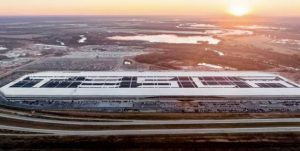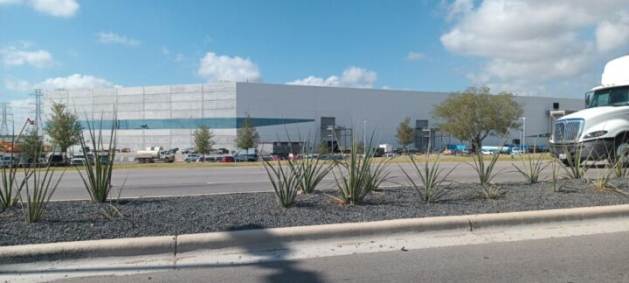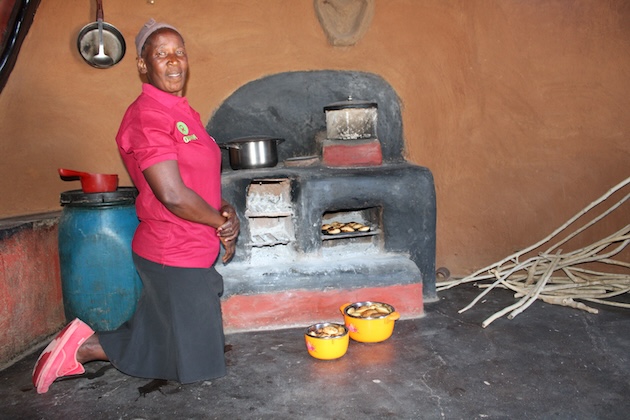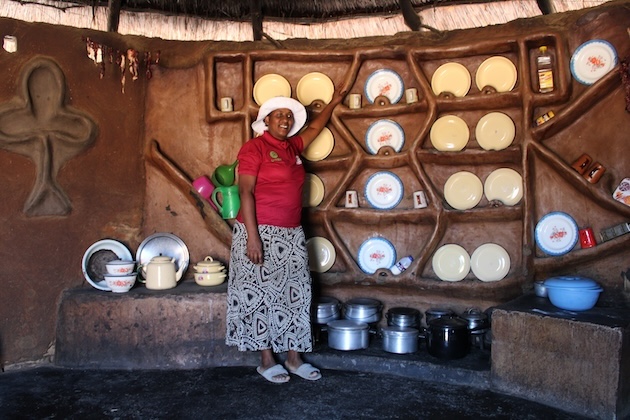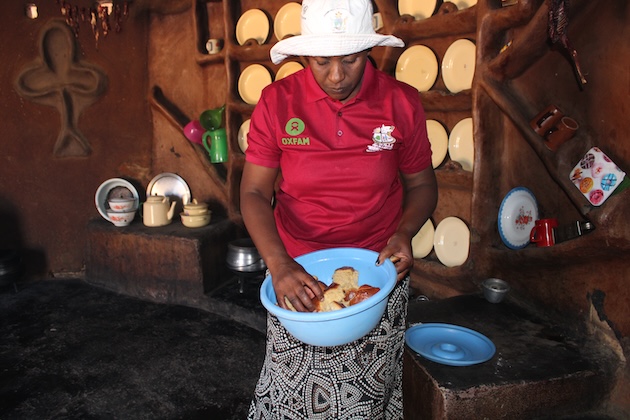Dubai, United Arab Emirates, Dec. 20, 2023 (GLOBE NEWSWIRE) — [INVNT GROUP] THE GLOBAL BRANDSTORY PROJECT™ strengthens its commitment to EMEA and the UAE, growing it’s local Dubai team and full–service, integrated, strategic, and experiential marketing services to partners and clients including PepsiCo (Aquafina, Gatorade, Lay’s, Rockstar Energy), Audi, COP28, Emirates Airline, and more.
The group represents a growing portfolio of complementary disciplines designed to help forward–thinking challenger brands everywhere, impact the audiences that matter, both globally and locally.
[INVNT GROUP] established its presence in the UAE with the architecting of three interactive, award–winning PepsiCo pavilions at Expo 2020 Dubai (2021), which featured activations with hall–of–fame athletes Lionel Messi, Serena Williams, and Usain Bolt, welcoming over 24 Million people across 6 months. The success of the global gathering led to the INVNT–produced launch event of PepsiCo’s Rockstar Energy, a market–first in the region, setting the stage for a series of milestone campaigns and projects including: COP28 in Dubai, Audi’s Investor Gala at the Geneva International Motorshow in Qatar, and the Emirates Airline debut of their industry first, immersive experience employee training platform, MIRA, at the Dubai Air Show.
For COP28, INVNT designed, produced, and project managed a series of activations, seamlessly integrating the traditionally separate Blue and Green Zones into a comprehensive experience at the repurposed Expo city site, accommodating for a daily crowd of 70,000 attendees.
INVNT’s activations at COP28 included:
- The “Tree of Life”: A world–first, interactive, Artificial Intelligence powered digital art installation and contemporary symbol of environmental sustainability, educating attendees about the key themes and topics of COP28. The AI–generative art experience allowed for individuals to pledge commitment to global environmental sustainability.
- The Stella McCartney Marketplace: An experience spotlighting product displays and information on the LVMH brand's unwavering commitment to sustainability and conscious luxury movement.
- One World One Humanity: A large–scale interactive entertainment performance using human–driven, larger–than–life characters to deliver a narrative inspired by COP28's central message: “UNITE. ACT. DELIVER”, while celebrating our planetary connection through a unified lens.
- The CNN x United Nations Foundation Exhibition: An educational immersive experience focusing on the climate crisis's impact on gender inequality, displaying powerful film and imagery captured by Global South female photojournalists.
- “Energy for Health” Activation (collaboration between the World Health Organization, Selco Foundation, and UNICEF): An immersive educational experience highlighting the importance of solar energy in delivering medical services to remote regions, showcased through compelling films and innovative technical solutions.
“Our investment across global geographies and the rapidly expanding UAE market, has endowed us with a specialized expertise, where innovative storytelling and technological mastery are not just aspirations but realities. Through projects like COP28, Expo 2020 Dubai, Emirates' MIRA and others, our global team has immersed itself in the vibrant UAE ecosystem, where technology serves a cornerstone of society – reshaping our social fabric and global economy. We are not mere participants in this transformative era; we are leading the storytelling narratives, that elevate and define brands throughout the region and beyond, on the global stage. Through our commitments to impact driven marketing and audience engagement, we continue to deliver world class experiences, cultivating new strategic partnerships, and offering unparalleled value to our clients, partners, and stakeholders. Our mission is to weave a panoply of global communities, guided by the vision that creativity and technology are the lodestars of our collective future,” said Scott Cullather, President & CEO of [INVNT GROUP] and CEO of INVNT.ATOM.
The group has also grown its local partnerships and teams across various business units including INVNT™ the live brand storytelling agency, and INVNT.ATOM™, the digital innovation and Web3 agency based in Singapore. INVNT.ATOM recently launched BZAR™, the group’s patent–pending, self–funded, content–led immersive digital platform, built exclusively for brands and fans.
INVNT.ATOM – in partnership with AWS (Amazon Web Services) and other tech partners – powered the Dubai Airshow debut of Emirates Airlines’ immersive employee experience platform ‘MIRA’, which uses extended reality (iXR) to train new joiners and will revolutionize employee training. VR offers realistic simulations, providing hands–on experience without the physical constraints, enhancing how skills are taught and learned through greater consistency of message, increased engagement, and retention, while offering safe and scalable training environments redefining the future of employee learning.
“In today's rapidly evolving global landscape, our focus across the group is squarely on engaging both global and local audiences through immersive brand storytelling. We're not just expanding our reach in the UAE and world at large, we're redefining frontiers of engagement by creating experiences that resonate universally while honoring local narratives and cultures; inspiring new dialogues, fostering connection, and pioneering alongside brands looking to reach new plateaus of audience engagement. We are committed to pushing the boundaries of what's possible, challenging everything, and leveraging the power of next–generation creativity and technology to build bridges between diverse communities and creating a truly global impact,” said Kristina McCoobery, CEO of INVNT and COO of [INVNT GROUP].
At the Geneva International Motorshow, INVNT partnered with Audi to produce the Investors Gala and Dealer Event in the National Museum of Doha (Qatar), unveiling the future of automotive innovation, and showcasing the company’s 2024 advancement strategy in the UAE and beyond.
“We are committed to deepening our connections and partnerships with brands, organizations, and the local UAE community. Our team blends global vision with local insights and tactics, ensuring our initiatives resonate meaningfully in the region. This approach allows us to contribute positively to the region's growth while embracing and learning from its technological ethos and rich cultural heritage,” said Farah Hindiyeh, Managing Director of INVNT Dubai.
###
ABOUT [INVNT GROUP]
[INVNT GROUP] THE GLOBAL BRANDSTORY PROJECT™ is a growing portfolio of complementary disciplines designed to help forward–thinking organizations everywhere, impact the audiences that matter, anywhere, with offices in New York, London, Sydney, Singapore, Dubai, San Francisco, Mumbai , Stockholm, Detroit, and Washington D.C. Led by President and CEO, Scott Cullather, [INVNT GROUP]™ was established as a growing evolution of the live global brand storytelling agency INVNT™, with a vision to provide engaging, well–articulated, impactful brand stories across all platforms.
The GROUP consists of: modern brand strategy firm, Folk Hero™; creative–led culture consultancy, Meaning; production studio & creative agency, HEVĒ™; events for colleges and universities, INVNT Higher Ed; digital innovation division, INVNT.ATOM™; creative multimedia experience studio, Hypnogram™; ITP Live (Any Venue Video, Thunder Audio, In Sync), portfolio of full–service production for live entertainment; and the original live global brand storytelling agency, INVNT.
For more information visit www.invntgroup.com
Attachment

GLOBENEWSWIRE (Distribution ID 9008009)





